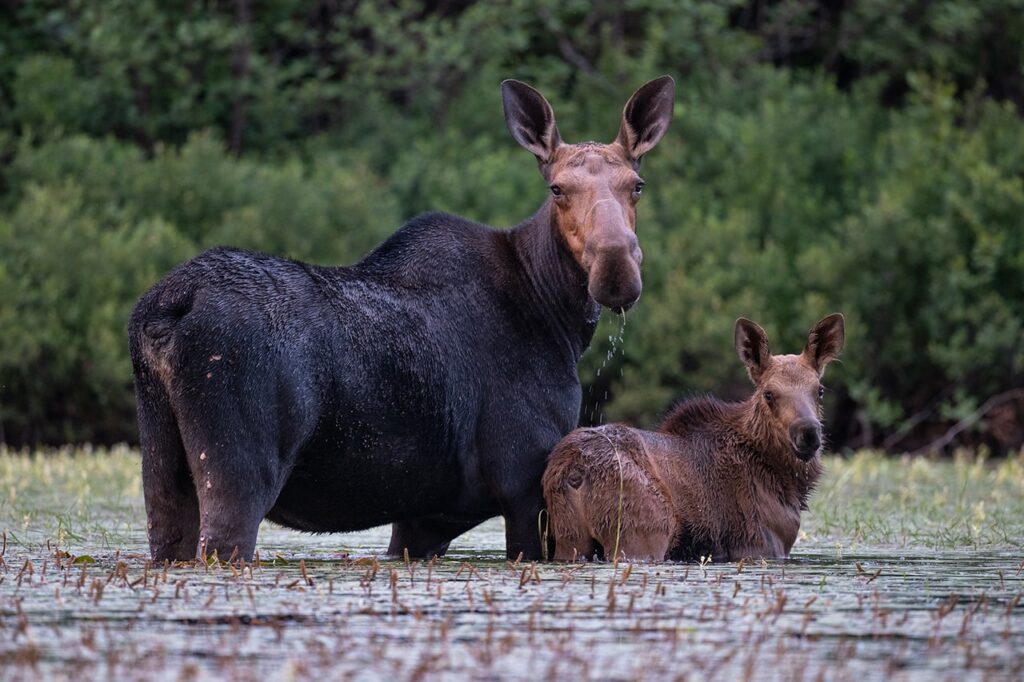
State regulators and the company proposing a copper-nickel mine near the Boundary Waters continue to hammer out the details of the project’s environmental review. In a recent round of comments as part of the review’s “scoping” phase, the Minnesota Department of Natural Resources and the company have sought to clarify and confirm what information will be included in its Environmental Impact Statement.
The comments and responses recently released came one year after Twin Metals first submitted its proposal. Last July, the DNR deemed the submission incomplete, and told the company to do more work and answer additional questions.
“The purpose of scoping is to identify the potentially significant environmental and socioeconomic issues requiring detailed analysis, alternatives to be evaluated, and potential mitigation options,” the DNR says. “Scoping helps the agency focus the environmental review on the most important issues, but also helps define alternatives and additional data needs.”
In November, Twin Metals submitted dozens of documents as part of the review. Many of the documents are blank templates, essentially outlining the environmental review’s structure and contents. The company also replied to many of the DNR’s comments.
“The scoping process is iterative,” the DNR said. “As is typical for a project of this complexity, we anticipate multiple rounds of Minnesota DNR comments followed by revisions from Twin Metals.”

In December, the agency and Twin Metals exchanged further comments on the scoping documents. Many comments and questions were resolved, but there are still many points of disagreement between the state and the company, with wrangling over definitions and numerous other determinations.
In one case, the DNR points out Twin Metals is proposing to separate ore that contains valuable minerals from waste rock that does not, but doesn’t adequately define the difference. Carefully storing waste rock that contains enough sulfide to produce sulfuric acid may be key to preventing pollution.
“Best mining practice would suggest the ‘cut-off point’ be determined ahead of time,” the DNR wrote. “Testing at the time of construction would then be used to determine which rock exceeds sulfide mineralization criteria and that which does not.”
There is still disagreement about how the proposal will be analyzed in the face of future climate change projected for northern Minnesota. Such forces could affect temperature, precipitation, freezing and thawing, and other factors that would affect the mine and its impacts on the environment.
Another comment took issue with Twin Metals’ assertion that recreational use of Birch Lake and the South Kawishiwi River already degrade the area for wildlife travel.
“For this to be considered, for example, boat traffic data (as a source of disturbance) should be included to gauge the level of ‘use’ during these months,” the DNR replied. “This data may not exist though, which would have to be addressed in the scoping documents. It can be speculated that recreational use on this lake in the Superior National Forest is likely not high enough to significantly alter large mammal movement patterns across water during those seasons.”

Many comments and areas of discussion are around the specific details of how water will be managed at the mine site. There are numerous places in the mining process that could produce contaminated water, which will have to be carefully controlled.
Regulators are asking for many details about how each risk will be mitigated. Experts are skeptical.
“In this type of a climate where you have all that water around, it’s virtually impossible to be zero discharge,” said geophysicist Dave Chambers in a recent Star Tribune article.
But Twin Metals says it is possible, and at this point, is not planning a water treatment plant, nor applying for a water discharge permit.
Twin Metals is a subsidiary of Chilean conglomerate Antofagasta PLC. The company proposes a large underground mine near Birch Lake and the South Kawishiwi River, southeast of Ely.

